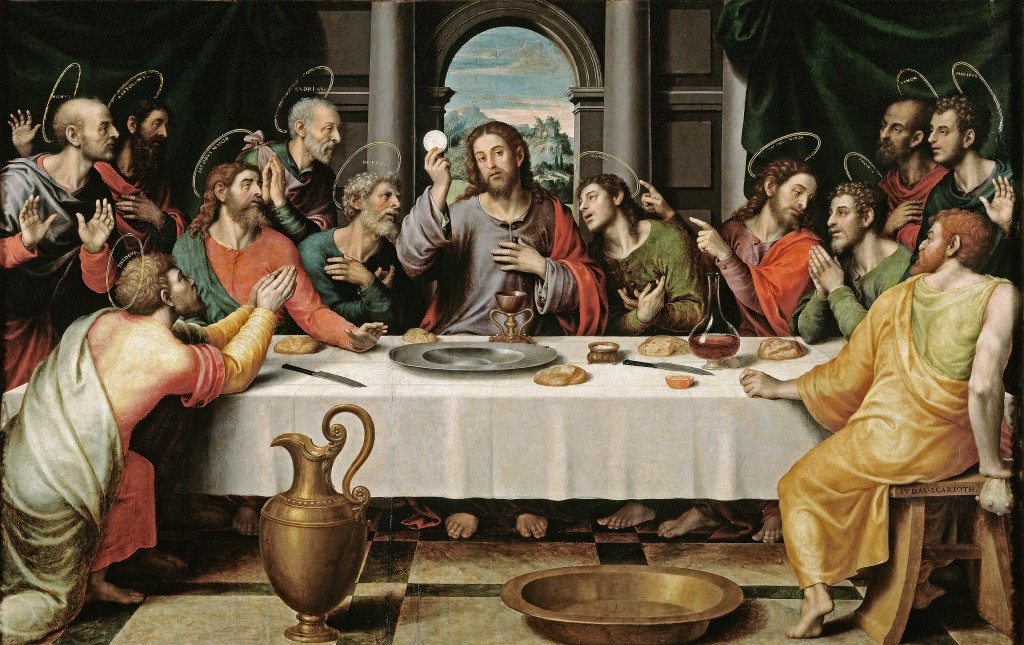Are we meant to be spectators at Mass, simply watching and listening to what is happening? On the contrary, “Mother Church earnestly desires that all the faithful should be led to that fully conscious, and active participation in liturgical celebrations which is demanded by the very nature of the liturgy” (Sacrosanctum Concilium, §14). But what does “fully conscious and active participation” mean? Is the Church asking everyone to find a “role” at Mass, either reading, serving or distributing Holy Communion?
[featured-image single_newwindow=”false”]The Last Supper, 16th-century, Juan de Juanes[/featured-image]
Quite the opposite. Here is what the Church means when she mandates that all the faithful actively participate in the liturgy.
Immediately following the Second Vatican Council, many sought to implement this principle of “active participation” but few knew exactly what it meant. At the time various bishops, priests and laity “misunderstood [it] to mean something external, entailing a need for general activity, as if as many people as possible, as often as possible, should be visibly engaged in action” (Spirit of the Liturgy, 171).
This external activity was not what the Council had in mind, for the Council Fathers desired to reaffirm that the “liturgy is essentially an action done by the whole community and that it involves both God and man, [thus] [b]y actively participating in the worship of the Church, the laity is working out the consequences of its baptism and confirmation” (The Mass and Modernity: Walking to Heaven Backward, 319).
The Mass is where “heaven meets earth” and where we are transported to Mount Calvary to witness the sacrifice of Christ on the cross. It is a mysterious event that spans both space and time and unites the faithful to Christ’s action that is the source of our salvation. The Mass is not simply a remembrance of a past event, but is in fact the re-presentation of an action that had eternal consequences.
This means that the Mass is not a “play,” where the priest plays the part of Jesus and we divide-up roles among those present. It is a “divine” drama, where God is the principal “actor” and we participate by uniting our sacrifice to that of Christ’s.
What this means is that “active participation” technically does not require any external act by the faithful, for the “oratio is the heart of the matter” and the “external actions are quite secondary” (Spirit of the Liturgy, 174). Instead it is an invitation to both the priest and laity, that in the liturgy they may be “looking together toward the Lord and going out to meet him” (Spirit of the Liturgy, 174).
What the Council was trying to combat was a certain distance to the liturgical action in which the laity were physically present at the liturgical action but not spiritually there. While their bodies were doing one thing at Mass, their hearts were doing another. Unfortunately, we often fall into that trap today and I know it is one of the easiest habits to acquire. Our participation in the “divine drama” is meant to be “conscious,” so that what we do or say is intentional and not merely rote.
True “active participation” refers to a “‘contemplatively engaged participation’ in the saving work of our redemption” that is interior before it is exterior (The Mass and Modernity: Walking to Heaven Backward, 319). It is a participation in the mysteries of the sacraments and not a mere performance of external signs.
How do we foster our own “contemplative” participation in the Mass? We will cover that in the next article.
Read the Entire Series

